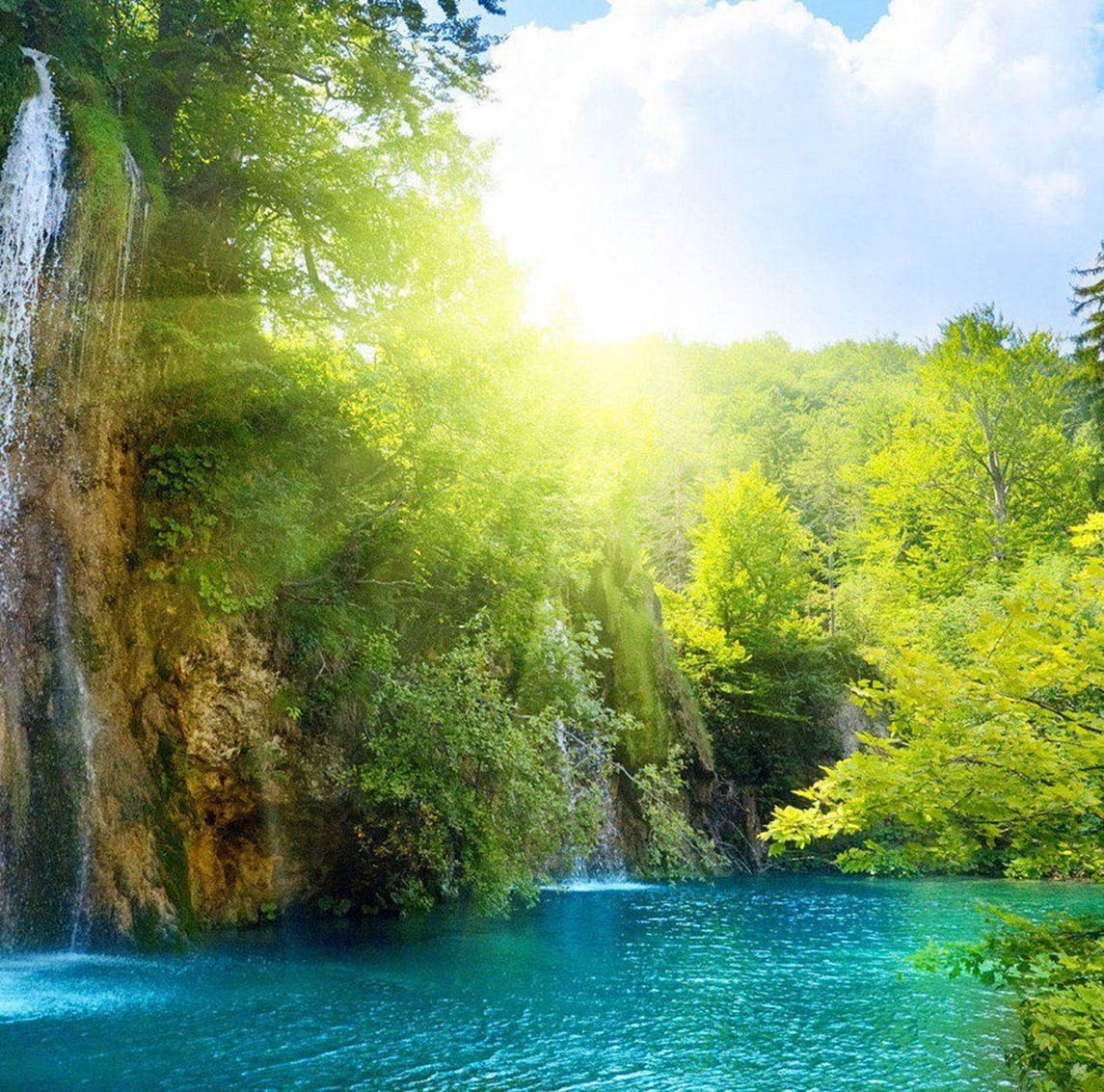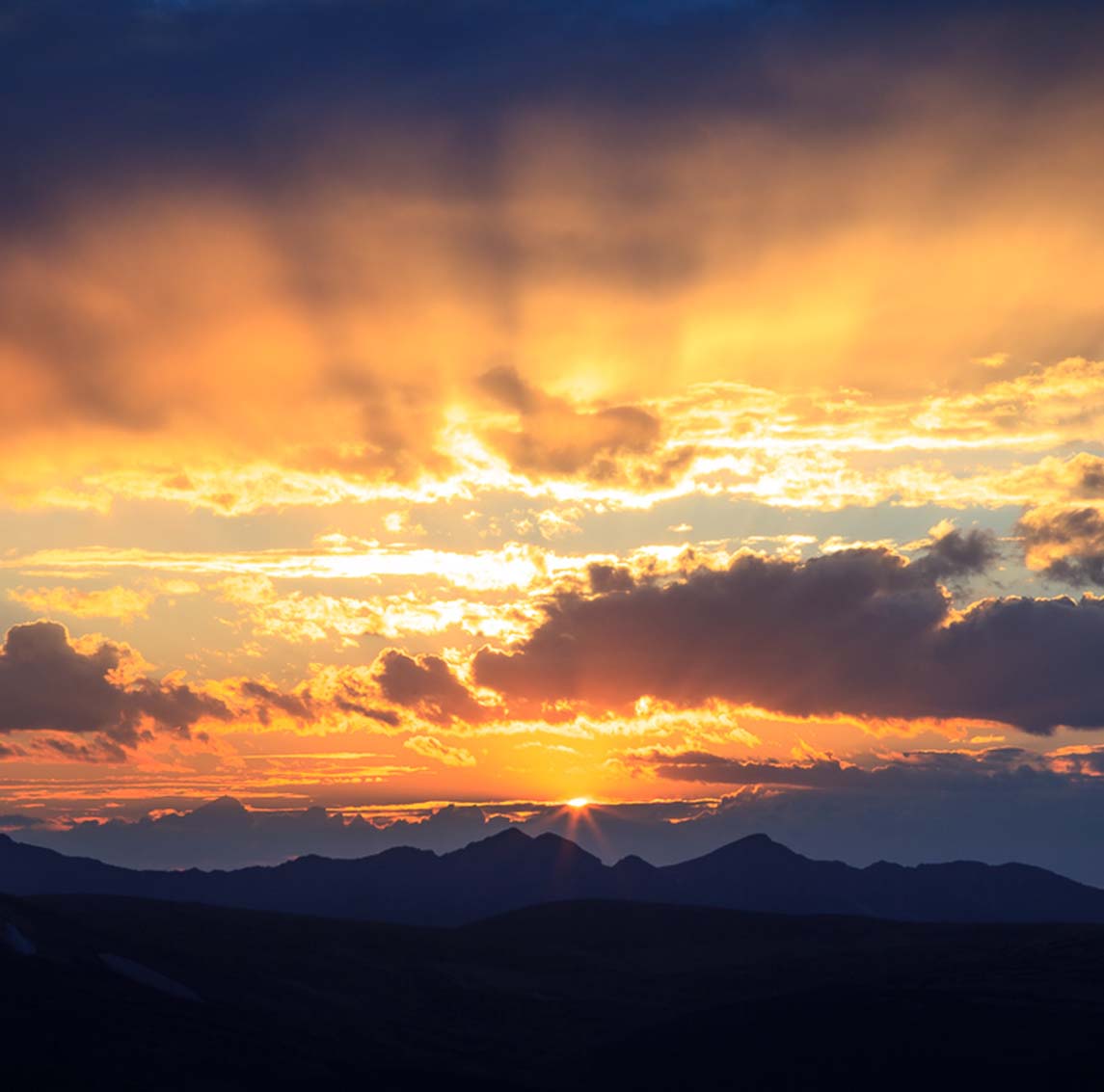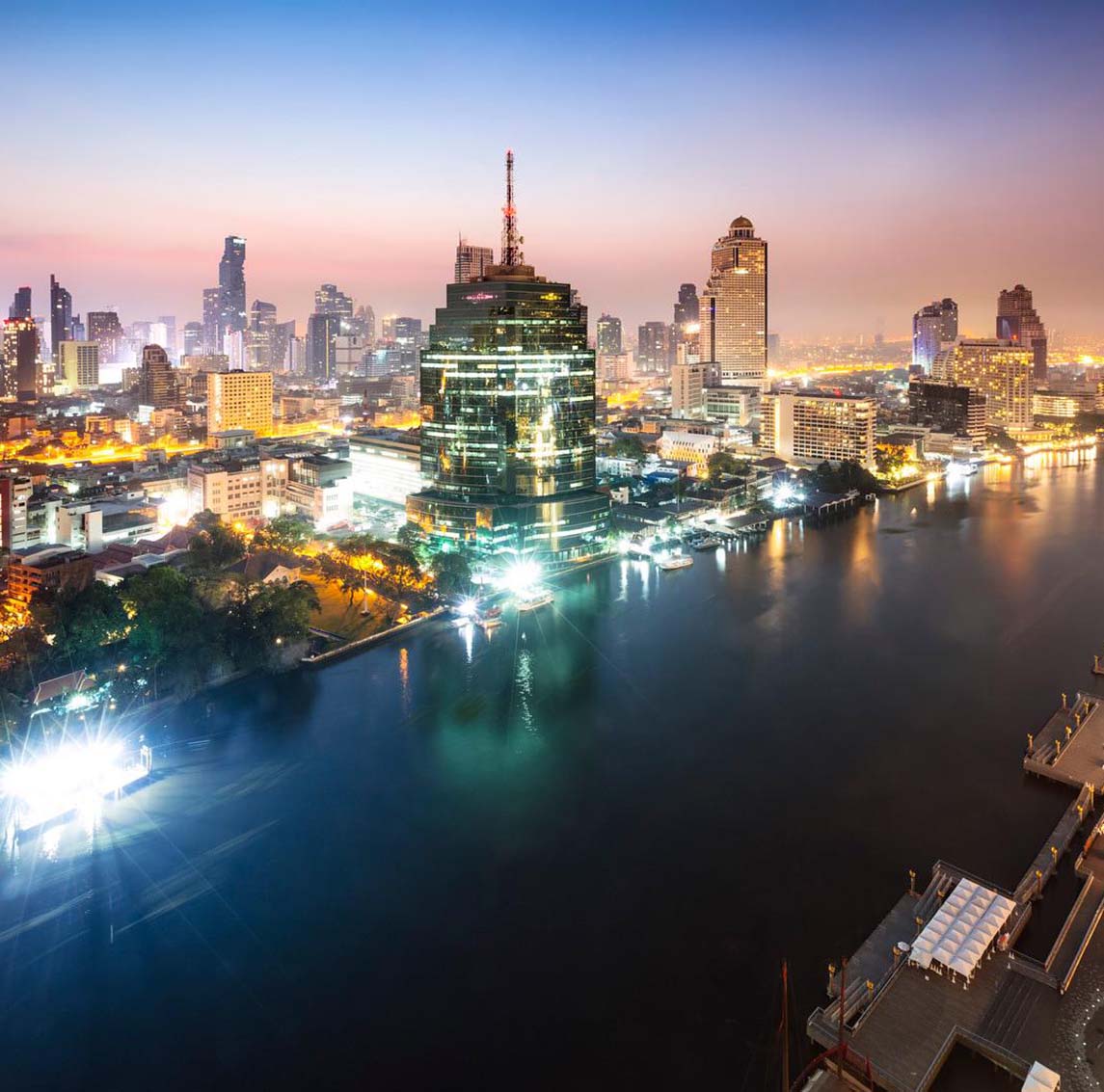As the chill of winter melts away and nature awakens from its slumber, Croatia emerges as a vibrant tapestry of color and life. Spring in Croatia is a time of renewal, when the landscapes burst into bloom and the air is filled with the sweet fragrance of flowers. Join me on a journey as we explore Croatia’s most enchanting spring attractions, from cascading waterfalls to ancient walled cities, and immerse ourselves in the beauty of this stunning country.
1. Plitvice Lakes National Park: Nature’s Masterpiece
Nestled in the heart of Croatia, Plitvice Lakes National Park stands as a testament to the country’s unparalleled natural beauty. As one of Croatia’s most iconic destinations and a UNESCO World Heritage Site, this breathtaking oasis draws visitors from around the globe with its mesmerizing blend of cascading waterfalls, crystal-clear lakes, and lush greenery.
Upon entering the park, visitors are greeted by a symphony of sights and sounds that stir the soul. The air is alive with the soothing rush of waterfalls, their gentle melodies echoing through the verdant forest. Sunlight filters through the canopy, casting dappled shadows on the forest floor and illuminating the vibrant hues of blooming flowers that carpet the landscape in spring.
The true marvel of Plitvice lies in its series of interconnected lakes, each more enchanting than the last. From the emerald depths of Lake Kozjak to the tranquil waters of the Lower Lakes, the park’s pristine lakes are a mesmerizing sight to behold. Fed by a network of cascading waterfalls and underground springs, these crystalline pools reflect the surrounding cliffs and forests, creating a mirror-like surface that seems to merge with the sky above.
As visitors meander along the park’s network of wooden boardwalks and pathways, they are treated to ever-changing vistas that unfold around every bend. Each turn reveals a new tableau of natural splendor, from hidden grottoes draped in lush ferns to moss-covered rocks bathed in sunlight. It’s a journey of discovery, where every step brings you closer to the heart of this enchanted wilderness.
In spring, Plitvice undergoes a remarkable transformation as the landscape bursts into bloom. Wildflowers carpet the forest floor in a riot of color, painting the scene with shades of pink, purple, and yellow. Cherry blossoms adorn the trees, their delicate petals dancing on the breeze, while fragrant herbs fill the air with their heady perfume.
For nature lovers and outdoor enthusiasts alike, Plitvice Lakes National Park is a paradise waiting to be explored. Whether you’re hiking along scenic trails, boating across tranquil lakes, or simply basking in the serenity of this pristine wilderness, a visit to Plitvice is an experience that will stay with you long after you’ve left its shores. So come, immerse yourself in the natural wonders of Croatia’s crown jewel, and let the beauty of Plitvice Lakes National Park take your breath away.
Attractions:
- Upper and Lower Lakes: Explore a network of interconnected lakes, connected by a series of cascading waterfalls that create a mesmerizing spectacle.
- Veliki Slap: Marvel at the majesty of Veliki Slap, the tallest waterfall in the park, as it plunges into the depths below.
- Boardwalk Trails: Wander along wooden boardwalks that meander through the park, offering stunning views of its natural wonders from every angle.
Ticket Information:
- Entrance fees to Plitvice Lakes National Park vary depending on the season. In spring, expect to pay around 250 HRK (approx. $40 USD) for adults and 120 HRK (approx. $20 USD) for children.
Opening Hours:
- The park is open daily from 8:00 AM to 6:00 PM.
Pros:
- Spectacular natural scenery with countless photo opportunities.
- Well-maintained trails suitable for all ages and fitness levels.
Cons:
- Can get crowded during peak tourist seasons, so it’s best to visit early in the morning or late in the afternoon to avoid crowds.
- Limited dining options within the park, so it’s advisable to bring your own food and drinks.
Transportation:
- Plitvice Lakes National Park is accessible by car, bus, or organized tours from major cities like Zagreb and Split. Parking is available at designated areas within the park.
2. Dubrovnik Old Town: A Step Back in Time
Dubrovnik’s Old Town is a living testament to Croatia’s rich history and cultural heritage. Encircled by ancient city walls and overlooking the sparkling Adriatic Sea, the Old Town is a maze of narrow streets, historic buildings, and charming squares. In spring, the city comes alive with the vibrant colors of blooming flowers, adding an extra layer of beauty to its picturesque streets.
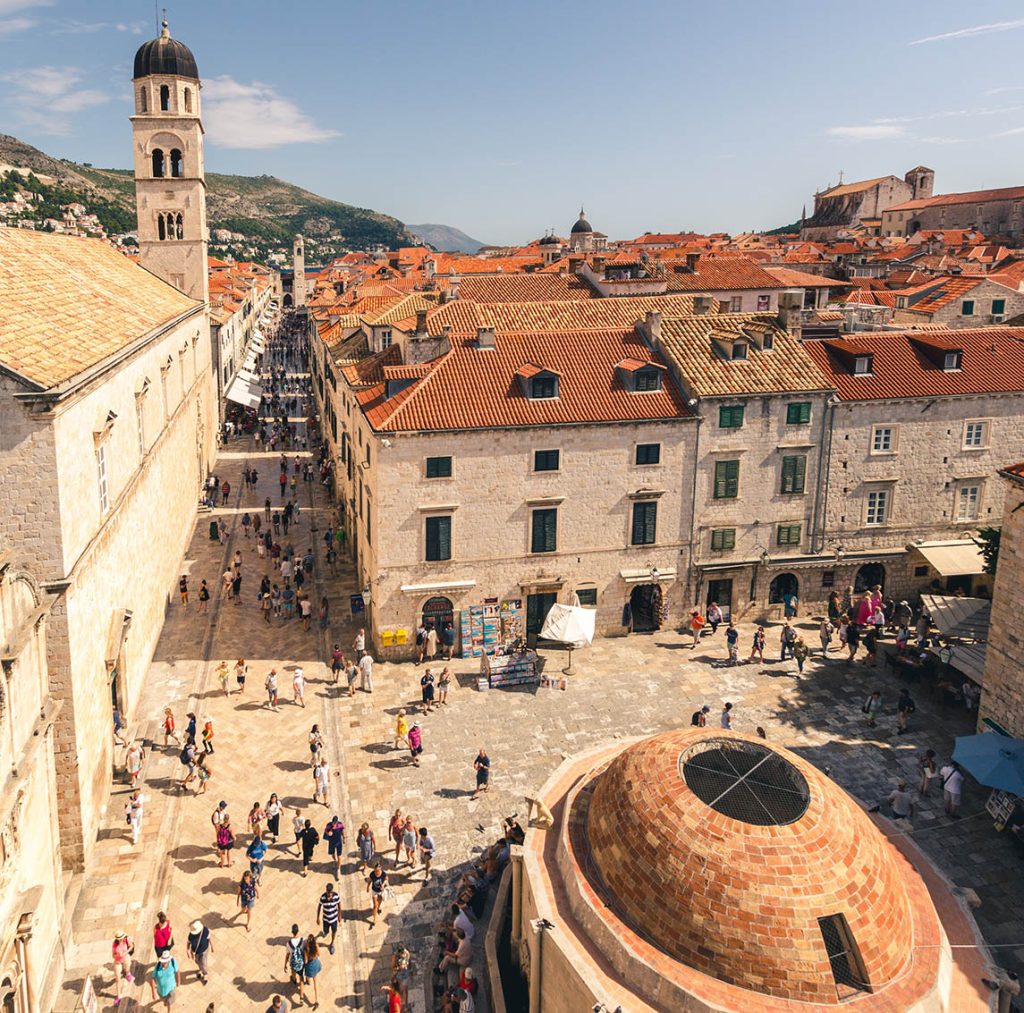
Attractions:
- City Walls: One of the most iconic features of Dubrovnik is its towering city walls, which offer panoramic views of the Adriatic Sea and the terracotta rooftops below. Walking along these ancient fortifications provides a unique perspective of the city’s rich history and stunning architecture. As you make your way along the walls, you’ll be treated to breathtaking vistas of the sparkling sea and the picturesque Old Town, with its labyrinthine streets and historic landmarks. Don’t forget to bring your camera to capture the awe-inspiring scenery from this elevated vantage point.
- Stradun: No visit to Dubrovnik is complete without a leisurely stroll along Stradun, the main street of the Old Town. Lined with charming shops, inviting cafes, and centuries-old landmarks, Stradun exudes an atmosphere of timeless elegance and bustling energy. As you wander along its polished limestone pavement, take in the sights and sounds of this vibrant thoroughfare, from the melodious strains of street musicians to the tantalizing aromas wafting from nearby bakeries and restaurants. Don’t miss the opportunity to explore the hidden alleyways and courtyards that branch off from Stradun, revealing hidden treasures and local gems waiting to be discovered.
- Dubrovnik Cathedral: Standing as a testament to Dubrovnik’s rich cultural heritage, Dubrovnik Cathedral is a must-visit attraction for history enthusiasts and architecture aficionados alike. Dedicated to Saint Blaise, the patron saint of Dubrovnik, this stunning cathedral showcases a harmonious blend of Gothic, Renaissance, and Baroque styles. Admire the intricate carvings, majestic domes, and ornate facades that adorn the cathedral’s exterior, then step inside to marvel at its awe-inspiring interior. From the gilded altars to the exquisite stained glass windows, every detail of Dubrovnik Cathedral tells a story of faith, devotion, and artistic mastery. Take your time to explore this sacred sanctuary and soak in its serene atmosphere, reflecting on the centuries of history and tradition that have shaped Dubrovnik’s spiritual identity.
Ticket Information:
- Entrance fees to walk the city walls cost 300 HRK (approx. $50 USD) for adults and 50 HRK (approx. $8 USD) for children.
Opening Hours:
- The city walls are open daily from 8:00 AM to 6:30 PM.
Pros:
- Rich cultural heritage and architectural marvels around every corner.
- Abundance of cafes, restaurants, and shops offering local delicacies and souvenirs.
Cons:
- Can be crowded during peak tourist seasons, especially when cruise ships dock in the port.
- Limited parking within the Old Town, so it’s best to park outside and walk or use public transportation.
Transportation:
- Dubrovnik is well-connected by air, sea, and road. Public buses and taxis are available for transportation within the city.
3. Hvar Island: A Slice of Paradise
Hvar Island is a jewel in Croatia’s crown, renowned for its sun-drenched beaches, fragrant lavender fields, and historic towns. In spring, the island is ablaze with color, as wildflowers carpet its hillsides and vineyards. With its laid-back atmosphere and stunning scenery, Hvar is the perfect destination for a relaxing getaway.
Attractions:
- Hvar Town: Explore the charming streets of Hvar Town, with its Venetian-style architecture, bustling harbor, and lively nightlife.
- Stari Grad Plain: Discover the UNESCO-listed Stari Grad Plain, an ancient agricultural landscape dotted with vineyards, olive groves, and stone walls.
Ticket Information:
- Some attractions on Hvar Island may require a small entrance fee or donation.
Opening Hours:
- Opening hours for attractions on Hvar Island vary depending on the site and season. It’s advisable to check in advance.
Pros:
- Idyllic beaches and crystal-clear waters perfect for swimming and sunbathing.
- Picturesque landscapes ideal for hiking, cycling, and outdoor activities.
Cons:
- Can be crowded during peak tourist seasons, especially in Hvar Town.
- Limited public transportation options on the island, so renting a car or scooter is recommended for exploring.
Transportation:
- Ferries and catamarans connect Hvar Island to Split and other nearby islands. Rental cars, scooters, and bicycles are available for transportation on the island.
4. Rovinj: A Coastal Gem
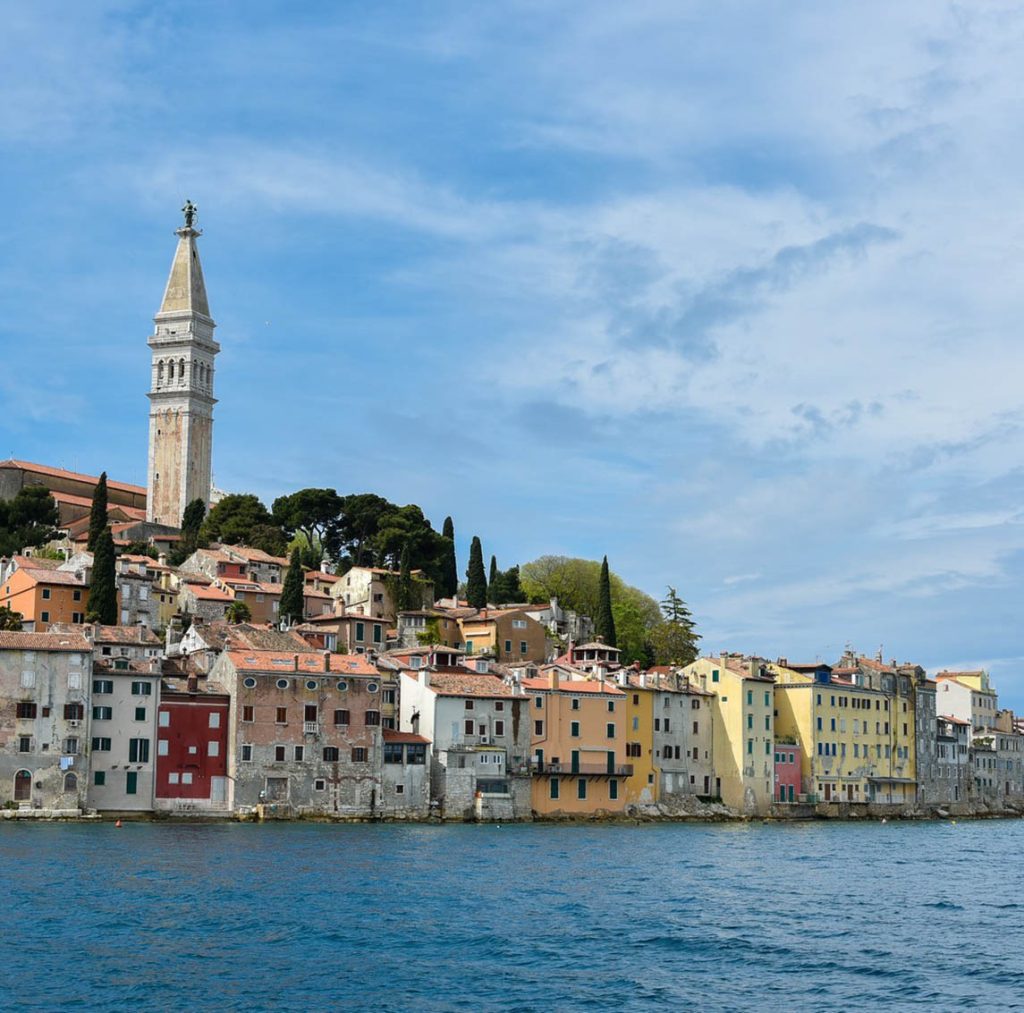
Rovinj is a picturesque coastal town located on the Istrian Peninsula, known for its colorful buildings, cobbled streets, and Venetian influence. In spring, Rovinj is a riot of color, as flowers bloom along its winding streets and waterfront promenade.
Attractions:
- Old Town: Lose yourself in the narrow alleyways of Rovinj’s Old Town, where you’ll find charming cafes, artisan shops, and hidden courtyards.
- St. Euphemia’s Basilica: Climb to the top of the bell tower for breathtaking views of Rovinj and the surrounding coastline.
Ticket Information:
- Entrance to attractions in Rovinj, such as St. Euphemia’s Basilica, is usually free, although donations are appreciated.
Opening Hours:
- Opening hours for attractions in Rovinj vary. St. Euphemia’s Basilica is usually open from morning until evening.
Pros:
- Charming waterfront promenade lined with cafes, restaurants, and shops.
- Relaxed atmosphere and laid-back vibe perfect for leisurely strolls and exploration.
Cons:
- Limited parking within the Old Town, so it’s best to park outside and walk.
- Can be crowded during peak tourist seasons, especially in summer.
Transportation:
- Rovinj is easily accessible by car, bus, or ferry. Taxis are available for transportation within the town.
5. Krka National Park: A Natural Wonderland
Krka National Park is a paradise of waterfalls, lakes, and lush vegetation located in central Dalmatia. In spring, the park bursts into bloom, with wildflowers carpeting its meadows and the sound of rushing water filling the air. With its stunning scenery and abundant wildlife, Krka is a must-visit destination for nature lovers.
Attractions:
- Skradinski Buk: Explore the iconic Skradinski Buk waterfall, a series of cascades surrounded by verdant forest.
- Visovac Island: Visit the picturesque Visovac Monastery, situated on a small island in the middle of the Krka River.
Ticket Information:
- Entrance fees to Krka National Park vary depending on the season and type of ticket. In spring, expect to pay around 200 HRK (approx. $32 USD) for adults and 120 HRK (approx. $19 USD) for children.
Opening Hours:
- The park is open daily from 9:00 AM to 7:00 PM.
Pros:
- Spectacular natural beauty with numerous hiking trails and viewpoints.
- Boat excursions available for exploring the park’s waterways and attractions.
Cons:
- Can be crowded during peak tourist seasons, especially at popular sites like Skradinski Buk.
- Limited dining options within the park, so it’s advisable to bring your own food and drinks.
Transportation:
- Krka National Park is accessible by car or bus from nearby cities like Split and Šibenik. Parking is available at designated areas within the park.
Embrace Croatia’s Spring Splendor
Croatia’s spring attractions offer a feast for the senses, with blooming flowers, cascading waterfalls, and historic towns waiting to be explored. Whether you’re wandering through the streets of Dubrovnik’s Old Town or hiking to the top of a waterfall in Krka National Park, you’re sure to be captivated by the beauty of Croatia in spring. So pack your bags, lace up your hiking boots, and embark on an adventure to discover Croatia’s blooms and beyond.
